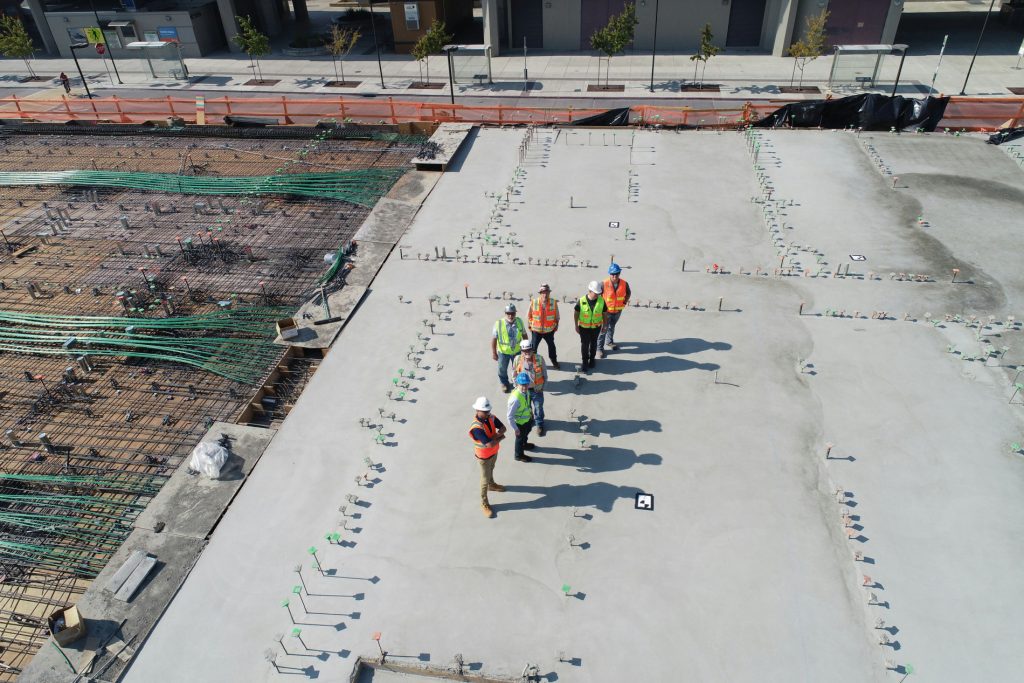The construction industry is about to catch a much-needed break as the government unveils plans to introduce a 30-month grace period for the implementation of the second staircase rule on buildings exceeding 18 meters. In this blog post, we’ll explore the details of this transition and its implications for the construction sector.
Understanding the Second Staircase Rule Transition
Under the newly proposed transition plan, developers will be granted a generous 30-month period to adapt to the updated regulations. This countdown begins when the details of the new rules are officially published in Approved Document B, a key reference for building regulations.
For applications that have already received approval, developers are given a slightly shorter window of 18 months to commence construction. This measure aims to prevent the stockpiling of pre-approved projects. Failure to initiate construction within this timeframe will require developers to revise their plans to align with the updated second staircase rule and resubmit their applications.
This transition period is a significant departure from previous timelines, which often led to delays and uncertainties in the construction industry, particularly in London, where a faster pace of change led to project setbacks of up to 9 months, or even worse, caused projects to be mothballed.
Michael Gove’s Statement
Michael Gove, the Secretary for Housing and Levelling Up, provided a written statement to clarify these transitional arrangements. He stated, “I can now announce the intended transitional arrangements that will accompany this change to Approved Document B. From the date when we publish and confirm those changes to Approved Document B formally, developers will have 30 months during which new building regulations applications can conform to either the guidance as it exists today or to the updated guidance requiring second staircases.”
Gove further explained that once the 30-month grace period has passed, all new applications must comply with the new guidance. Applications that have been approved under the old regulations but do not adhere to the new guidance will have 18 months to begin construction. Failure to do so will require the submission of a new building regulations application, this time in compliance with the updated guidelines.
Gove emphasised that existing and upcoming single-staircase buildings should not be considered inherently unsafe, provided they were constructed according to relevant standards, well-maintained, and properly managed. He urged lenders, managing agents, insurers, and other stakeholders not to impose excessive requirements, hurdles, or criteria on single-staircase buildings regarding lending, pricing, management, or any other aspect.
Impact on the Construction Industry
The introduction of this 30-month grace period provides a much-needed breathing space for the construction industry. It offers developers more time to adjust to the new regulations, reducing the risk of project delays and cost overruns. Furthermore, it is expected to bring a level of stability to the construction market, which has often been shaken by abrupt changes in regulations and standards.
The decision to exempt existing single-staircase buildings from the requirement of adding a second staircase, as long as they meet safety and maintenance criteria, will likely alleviate concerns within the sector and among property stakeholders. It should also help maintain the value and investment viability of such properties.
In summary, the government’s introduction of a 30-month grace period for the second staircase rule promises to ease the transition and reduce the impact of regulatory changes on the construction industry. Developers, investors, and other stakeholders can now better prepare for these adjustments, resulting in smoother operations and reduced uncertainties within the sector.




